The Ultimate Guide to Heat Protectants: Keep Your Hair Safe and Stylish!
Table of Contents
Are you tired of dealing with dry, damaged, and lifeless hair every time you style it? Look no further! In this ultimate guide to heat protectants, we will show you how to keep your hair safe and stylish, no matter how often you use heat-based styling tools.
Using heat protectants is essential in maintaining the health and integrity of your hair. These miraculous products act as a shield, protecting your strands from the harmful effects of heat. They create a barrier that locks in moisture, prevents frizz, and reduces breakage caused by excessive heat exposure. Whether you love sleek straight styles or bouncy curls, incorporating a heat protectant in your hair care routine is a must. To maintain your hair’s health while using heat styling tools, you can follow some of the best hair care tips for healthy hair that will complement your use of a heat protectant
In this comprehensive guide, we will dive into the world of heat protectants, covering everything from the different types available to how to choose the right one for your hair type. We’ll also share tips on how to apply and maximize the benefits of heat protectants to achieve salon-worthy results. So, say goodbye to heat damage and hello to healthy, beautiful hair!
The importance of using heat protectants for hair
Heat styling tools have become an integral part of many people’s hair care routines. From straightening irons and curling wands to blow dryers, these tools allow us to achieve a wide range of stunning hairstyles. However, the constant exposure to high heat can take a toll on the health and condition of our hair.
Without proper protection, excessive heat can lead to a host of problems, including dry, brittle, and damaged hair. The intense heat can strip the natural oils from our strands, causing them to become dry, frizzy, and prone to breakage. This not only affects the appearance of our hair but can also lead to long-term damage, making it more difficult to maintain healthy, vibrant locks.
This is where heat protectants come into play. These versatile products are designed to create a barrier between your hair and the damaging effects of heat. By applying a heat protectant before styling, you can significantly reduce the risk of heat-related damage, ensuring that your hair remains strong, supple, and healthy, even with frequent heat styling. Heat protectants are an essential tool in any hair care arsenal, helping to preserve the integrity of your hair and maintain its youthful, vibrant appearance.
How heat protectants work
Heat protectants work by creating a protective layer on the surface of your hair, shielding it from the intense heat generated by styling tools. This layer acts as a barrier, preventing the heat from penetrating deep into the hair shaft and causing damage.
The key mechanism behind the effectiveness of heat protectants is their ability to lock in moisture and seal the cuticle layer of the hair. Many heat protectant formulas contain ingredients like silicones, polymers, and oils that coat the hair strands, forming a smooth, glossy finish. This protective layer helps to prevent the hair from becoming dry, brittle, and prone to breakage.
Additionally, heat protectants often contain active ingredients that can withstand high temperatures, such as thermal-activated polymers or heat-activated silicones. These ingredients are designed to activate and reinforce the protective barrier when exposed to heat, ensuring that your hair remains shielded throughout the styling process. By creating this thermal shield, heat protectants allow you to style your hair with confidence, knowing that your strands are being safeguarded from the damaging effects of heat.
Common ingredients in heat protectants
Heat protectants are formulated with a variety of ingredients that work together to provide comprehensive protection for your hair. Understanding the common ingredients found in these products can help you make an informed decision when selecting the right heat protectant for your hair type and needs.
One of the most common and essential ingredients in heat protectants is silicone. Silicones, such as dimethicone and cyclopentasiloxane, create a smooth, glossy coating on the hair, sealing in moisture and forming a barrier against heat. They help to reduce frizz, add shine, and prevent split ends and breakage.
Another common ingredient in heat protectants is polymers, such as acrylates copolymer and polyquaternium. These ingredients work to strengthen the hair’s structure, increase heat resistance, and provide a flexible, long-lasting hold. Polymers can also help to improve the overall manageability and styling control of your hair.
Many heat protectants also contain nourishing oils and emollients, such as argan oil, coconut oil, and shea butter. These ingredients help to condition and moisturize the hair, counteracting the drying effects of heat styling. They can also contribute to improved shine, softness, and overall hair health.
Other common ingredients found in heat protectants include thermal-activated agents, like hydrolyzed keratin and amino acids, which help to reinforce the hair’s structure and provide additional heat-shielding benefits. Some formulas may also include antioxidants, such as vitamin E, to help protect the hair from environmental stressors and free radical damage.
Choosing the right heat protectant for your hair type
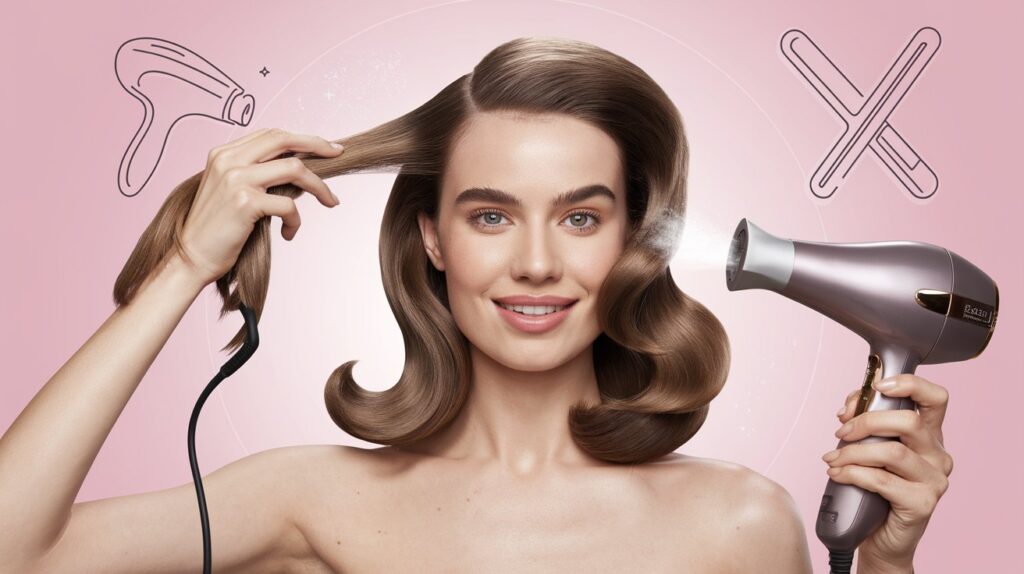
Selecting the right heat protectant for your hair type is crucial to ensuring its effectiveness and achieving optimal results. Different hair types have varying needs, and the wrong heat protectant can either be ineffective or even exacerbate existing hair concerns.
For fine, thin hair, it’s essential to choose a lightweight, non-greasy heat protectant that won’t weigh down your strands or leave them feeling heavy. Look for formulas that contain silicones, polymers, and lightweight oils, such as argan or marula oil, to provide protection without compromising volume or bounce.
If you have thick, coarse, or curly hair, you’ll want a heat protectant that can penetrate deeply and provide intense moisture and nourishment. Opt for products that contain heavier oils, such as coconut or shea butter, as well as hydrolyzed proteins and amino acids to strengthen and fortify your hair. These formulas will help to tame frizz, enhance manageability, and prevent heat-related damage.
For color-treated or chemically-processed hair, it’s crucial to choose a heat protectant that is specifically formulated to safeguard your delicate, fragile strands. Look for products that contain UV filters, antioxidants, and bond-strengthening ingredients to shield your hair from the combined effects of heat and chemical treatments. This will help to preserve your hair color and prevent further damage.
How to apply heat protectant properly
Applying heat protectant correctly is essential to ensuring its maximum effectiveness in shielding your hair from heat-related damage. Proper application techniques can make all the difference in how well your heat protectant performs and how long-lasting its benefits are.
Begin by ensuring that your hair is clean and damp, as applying heat protectant to dry hair can result in uneven distribution and less effective coverage. Start by sectioning your hair into manageable portions, which will make the application process more efficient.
Next, take a small amount of the heat protectant, typically a dime-sized or nickel-sized amount, and gently work it through the lengths and ends of your hair. Be sure to focus on the areas that will be exposed to the most heat, such as the midshafts and ends. Avoid applying too much product, as this can lead to a greasy or heavy appearance.
When applying the heat protectant, use a gentle, smooth motion, ensuring that you evenly distribute the product from root to tip. Avoid vigorously rubbing or massaging the product into your hair, as this can disrupt the protective layer and lead to uneven coverage. Instead, use your fingertips or a wide-tooth comb to gently work the heat protectant through your strands.
After applying the heat protectant, allow your hair to air-dry for a few minutes before proceeding with heat styling. This will give the product time to fully absorb and bond with your hair, creating a strong, long-lasting barrier against the heat.
Heat styling tips to minimize damage
While heat protectants are an essential tool in safeguarding your hair from the damaging effects of heat styling, it’s important to also employ proper heat styling techniques to further minimize the risk of damage. By combining the use of heat protectants with mindful heat styling practices, you can achieve your desired hairstyles while maintaining the health and integrity of your locks.
One of the most crucial tips is to always use the lowest heat setting possible for your hair type and styling needs. Excessive heat can quickly compromise the condition of your hair, leading to dryness, brittleness, and breakage. Start with a lower temperature and gradually increase it only if necessary to achieve your desired results.
Another important tip is to limit the duration of heat exposure. Avoid holding hot styling tools in one section of your hair for an extended period, as this can cause concentrated damage. Instead, gently move the tool through your hair in a smooth, continuous motion, ensuring that each section is only exposed to heat for a brief moment.
It’s also crucial to maintain a healthy distance between your hair and the heat source. When using hot tools like blow dryers or straightening irons, hold them at least 6 inches away from your hair to prevent direct, prolonged exposure. This can help to minimize the intensity of the heat and reduce the risk of scorching or singeing your strands.
Finally, be mindful of the number of times you expose your hair to heat in a single styling session. Whenever possible, try to limit the number of heat-based styling steps, such as blow-drying, straightening, and curling, to minimize the cumulative damage to your hair. By incorporating these heat styling tips alongside the use of a reliable heat protectant, you can achieve beautiful, healthy-looking results.
Frequently asked questions about heat protectants
Q: Do I really need to use a heat protectant if I don’t style my hair with hot tools every day?
A: Even if you don’t use hot styling tools daily, it’s still recommended to use a heat protectant. Heat exposure can accumulate over time, and occasional use of blow dryers, curling irons, or straighteners can still cause damage to your hair. Incorporating a heat protectant into your routine, even on non-styling days, can help to maintain the overall health and condition of your hair.
Q: How do I know if my heat protectant is working effectively?
A: There are a few signs that indicate your heat protectant is working effectively. After using the product, you may notice that your hair feels smoother, more manageable, and less prone to frizz or flyaways. Your hair may also appear shinier and more vibrant, with a healthier overall appearance. Additionally, you may experience less heat-related damage, such as split ends or breakage, over time.
Q: Can I use a heat protectant on wet or damp hair?
A: Yes, it is generally recommended to apply heat protectants to damp or towel-dried hair before heat styling. Applying the product to wet or damp hair helps to ensure even distribution and allows the ingredients to penetrate the hair shaft more effectively. Avoid applying heat protectants to completely dry hair, as this can lead to uneven coverage and less effective protection.
Q: How often should I reapply my heat protectant during styling?
A: The frequency of reapplying your heat protectant will depend on the specific product and your styling routine. Some heat protectants are designed to provide long-lasting protection, allowing you to style your hair multiple times without the need for reapplication. However, if you are performing extensive heat styling or your hair is particularly prone to damage, it’s a good idea to reapply the heat protectant between each styling step to ensure continuous coverage and protection.
Q: Can I use a heat protectant on color-treated or chemically-processed hair?
A: Yes, using a heat protectant is especially important for color-treated or chemically-processed hair. These types of hair are more fragile and susceptible to damage from heat styling. Look for heat protectants that are specifically formulated for color-treated or chemically-treated hair, as they often contain additional ingredients to help preserve the integrity and vibrancy of your color.
Heat protectants vs. other hair styling products
While heat protectants are an essential tool in safeguarding your hair from the damaging effects of heat styling, it’s important to understand how they differ from other hair styling products and how they can work together to achieve your desired look.
Unlike hairsprays or pomades, which are primarily focused on providing hold and control, heat protectants are specifically designed to create a barrier between your hair and the intense heat generated by styling tools. They work to lock in moisture, smooth the cuticle, and prevent the hair from becoming dry, brittle, and prone to breakage.
Whereas serums and oils are typically used to nourish and condition the hair, heat protectants have a more targeted function of shielding the hair from heat-related damage. While some heat protectants may contain nourishing ingredients like oils or silicones, their primary purpose is to safeguard the hair during the styling process, rather than to provide long-term conditioning benefits.
It’s important to note that heat protectants should be used in conjunction with other hair styling products, not as a replacement for them. For example, you may use a heat protectant before blow-drying or straightening your hair, and then follow up with a styling product like a mousse or gel to achieve your desired hold and finish. By layering these products, you can enjoy the benefits of both heat protection and styling control.
Conclusion: The key to safe and stylish heat styling
In conclusion, incorporating a reliable heat protectant into your hair care routine is the key to safe and stylish heat styling. These versatile products create a vital barrier between your hair and the damaging effects of high heat, allowing you to achieve your desired hairstyles without compromising the health and integrity of your locks.
By understanding the science behind heat protectants, familiarizing yourself with the common ingredients, and selecting the right product for your hair type, you can ensure that your hair remains strong, supple, and vibrant, even with frequent heat styling. Proper application techniques and mindful heat styling practices further enhance the effectiveness of heat protectants, minimizing the risk of long-term damage.
Whether you’re a frequent user of hot styling tools or only occasionally indulge in the occasional blow-dry or curl, incorporating a heat protectant into your routine is a must. By prioritizing the health and safety of your hair, you can confidently embrace heat styling and achieve stunning, salon-worthy results time and time again. Invest in a quality heat protectant and unlock the key to safe, stylish, and beautiful hair.

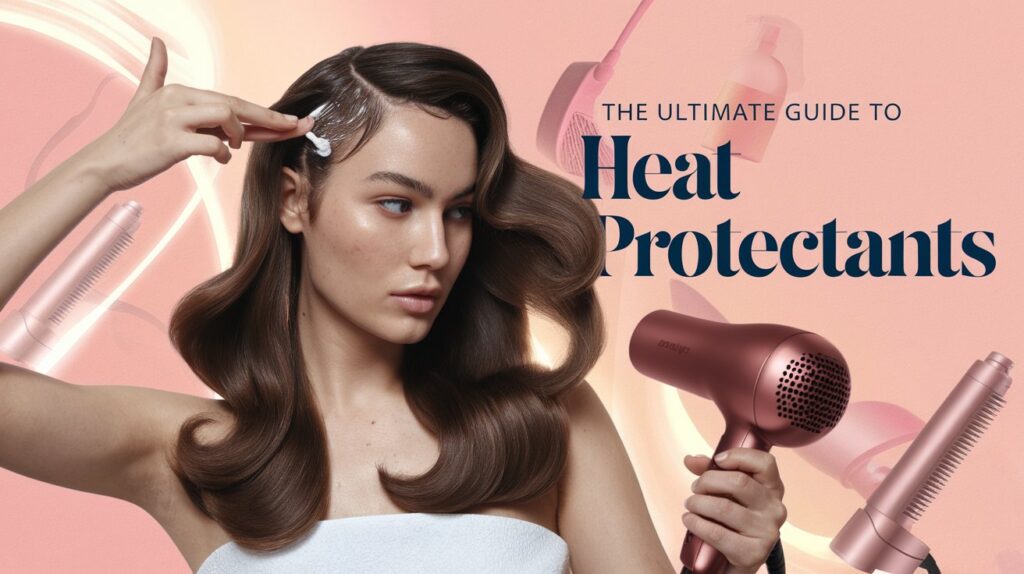
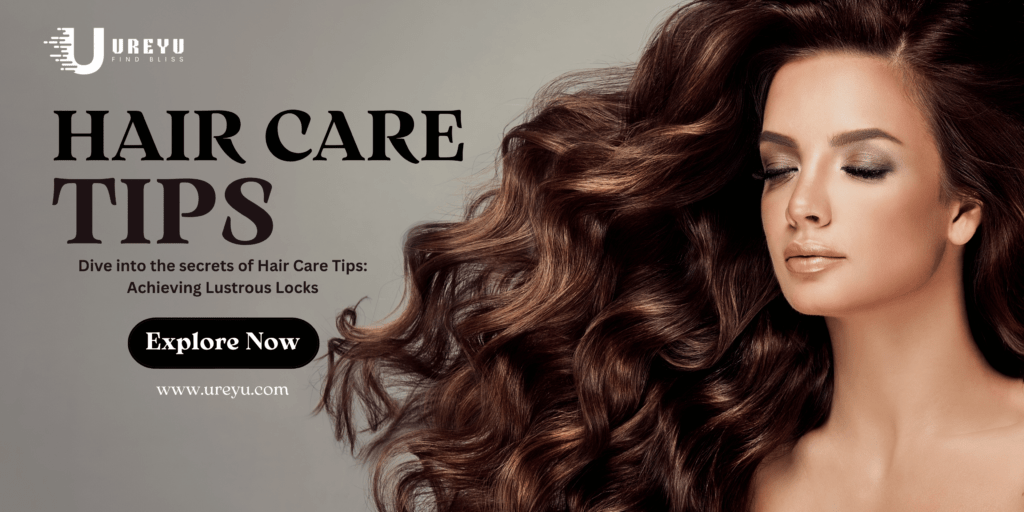
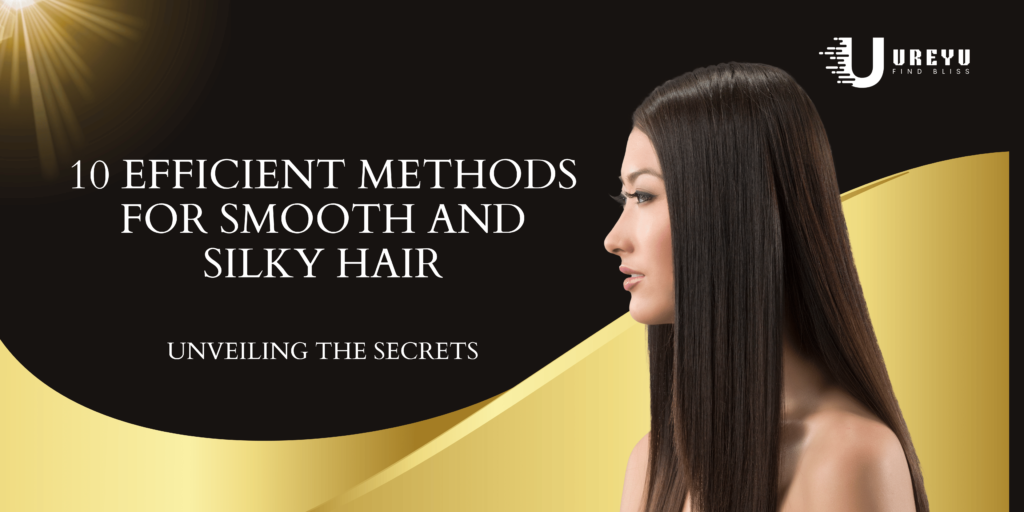
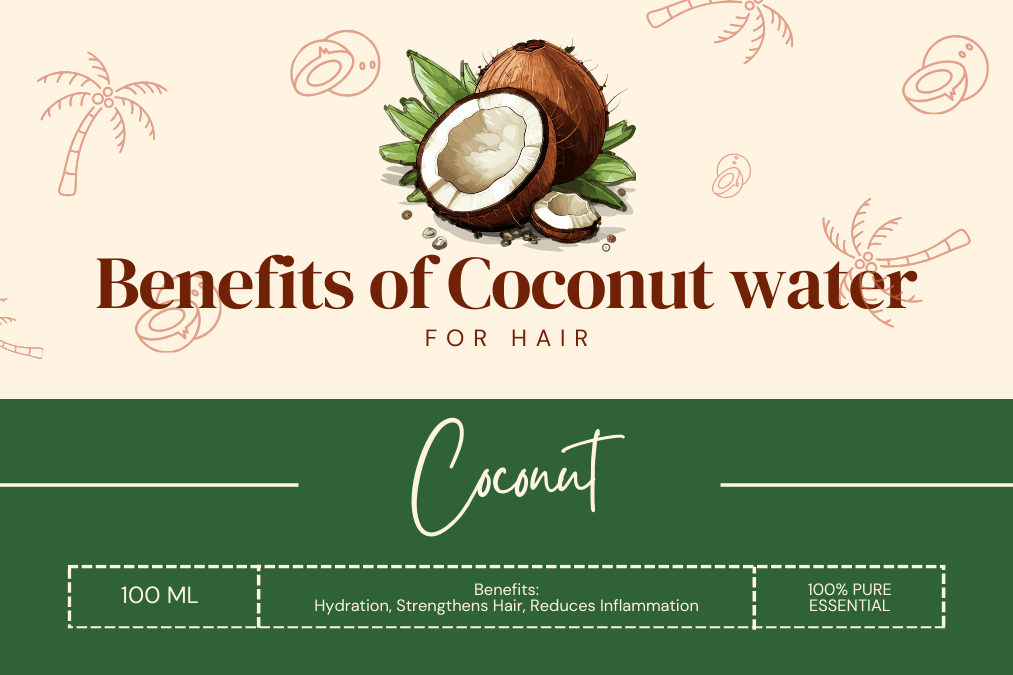
Some really nice and utilitarian information on this web site, as well I believe the pattern has got good features.
nzbbqr